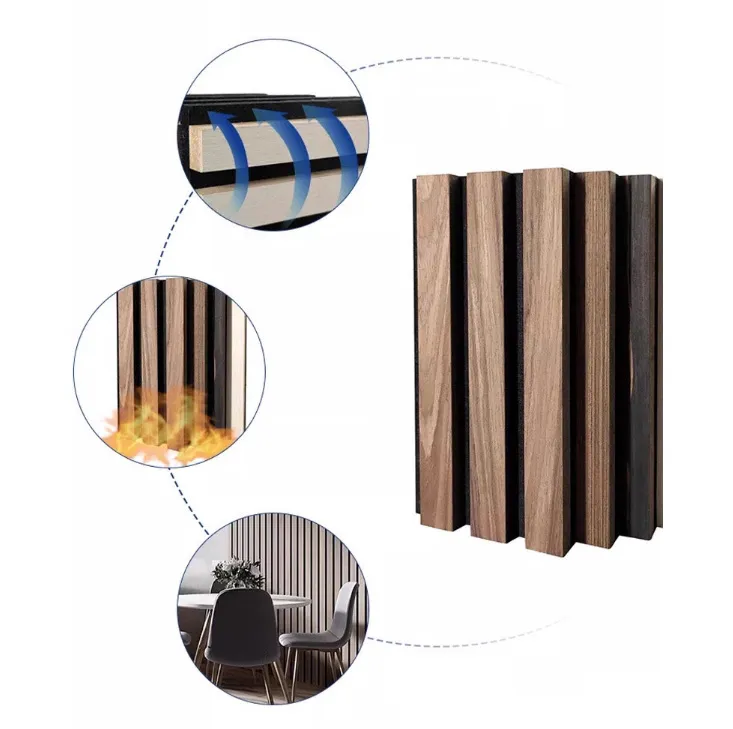Felt Wrapped Panels A Sustainable Solution for Modern Design
In recent years, the interior design landscape has witnessed a significant shift towards sustainability, and one innovation that has captured the attention of architects and designers alike is felt-wrapped panels. These panels, which combine functionality with aesthetic appeal, not only serve as a versatile design element but also promote sustainable practices in their production and usage.
Felt-wrapped panels are constructed using a core material, typically made from recycled or sustainable sources, which is then enveloped in a layer of felt. This felt is often derived from natural fibers, such as wool, or made from recycled plastics, adding to the eco-friendly appeal of these panels. The process of creating felt-wrapped panels is inherently sustainable, as it minimizes waste and utilizes materials that would otherwise contribute to landfill issues.
Felt Wrapped Panels A Sustainable Solution for Modern Design
Aesthetically, felt-wrapped panels offer an inviting and warm appearance. The texture of felt adds a layer of softness to any environment, breaking the monotony of hard surfaces often found in modern architecture. Available in a plethora of colors and patterns, these panels can be customized to fit any design scheme, making them suitable for both contemporary and traditional settings. Designers find them particularly appealing because they can be used as wall art, room dividers, or even creative ceiling solutions. Their versatility is unmatched, allowing for endless possibilities in how they can be integrated into a space.
felt wrapped panels

Moreover, felt-wrapped panels are incredibly easy to install and maintain. Unlike more traditional wall treatments, which may require extensive preparation or professional installation, these panels can often be mounted with basic tools and some adhesive. This DIY-friendly aspect not only empowers homeowners to take on their own projects but also reduces labor costs for commercial spaces looking to revamp their interiors. Maintenance is equally simple; most felt panels can be cleaned with a vacuum or a damp cloth, making them a practical choice for busy environments.
In addition to their acoustic and aesthetic benefits, felt-wrapped panels contribute to healthier indoor air quality. Many commercial interiors today are focusing on the reduction of volatile organic compounds (VOCs) and other harmful substances. Choosing felt panels that are made from non-toxic materials can enhance the overall environment within a space, benefiting occupants’ health in the long run. By incorporating these panels into their designs, architects and interior designers fulfill a pivotal role in promoting healthier living and working conditions.
Sustainability is not just a trend—it's a vital aspect of the future of design. As priorities shift towards eco-consciousness, felt-wrapped panels exemplify how innovative solutions can meet both environmental and aesthetic demands. They represent a harmonious blend of beauty, practicality, and sustainability, making them an ideal choice for a diverse range of applications.
In conclusion, the rise of felt-wrapped panels signifies a pivotal moment in the design industry where sustainability meets modern aesthetics. Their ability to enhance acoustic comfort, coupled with their visually appealing textures and customizable options, makes them a preferred choice for contemporary spaces. As the world moves forward with a stronger focus on eco-friendly solutions, felt-wrapped panels stand out as a testament to the innovation and creativity driving change in interior design. Whether in a bustling office or a cozy home, these panels are paving the way for a more sustainable and aesthetically pleasing future.
